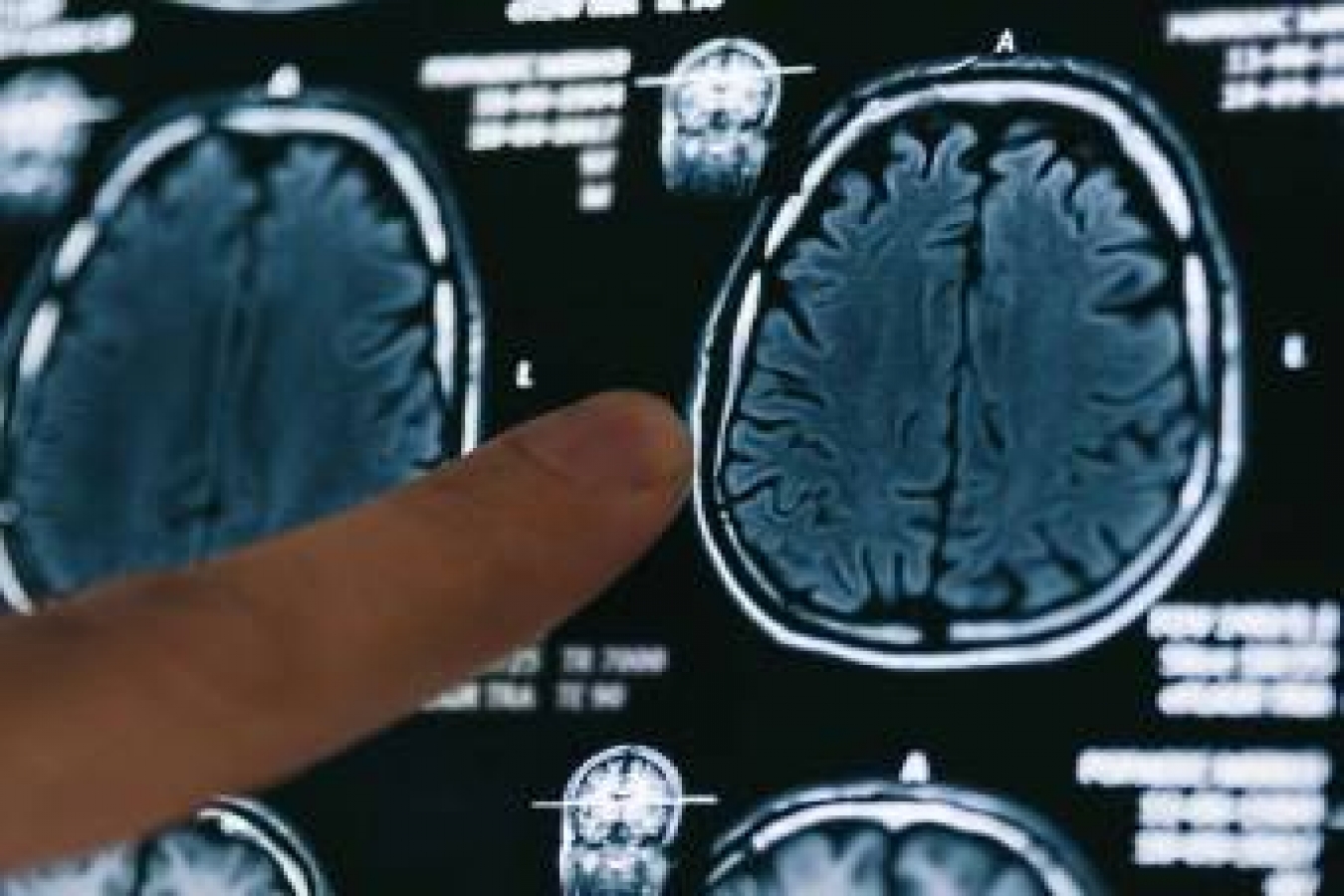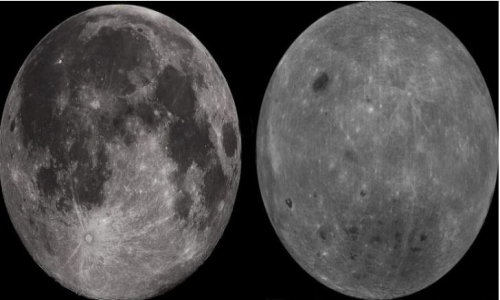


 6:45:27
6:45:27  2019-07-28
2019-07-28  924
924

New research reveals that a particular group of lymphatic vessels plays a pivotal role in helping the brain dispose of waste. It also suggests that deterioration of these vessels through aging could contribute to neurodegenerative diseases, such as Alzheimer's.
Until a few years ago, scientists did not realize that the brain had lymphatic vessels that help it to get rid of excess fluid and waste materials.
They have since discovered that the brain uses lymphatic vessels to drain away waste in cerebrospinal fluid (CSF).
However, the underlying mechanisms and transport routes for draining CSF from the brain have been unclear.
In the new study, researchers from the Korea Advanced Institute of Science and Technology (KAIST) and the Center for Vascular Research, both in Daejeon, South Korea, investigated a group of lymphatic vessels located in the basal parts of the skull.
A recent Nature paper describes how they used special MRI scans to track CSF through lymphatic vessels in rodents.
Mapping the brain's drainage system
The team found that basal meningeal lymphatic vessels (mLVs) are the main routes through which CSF drains from the brain.
"We also show," note the authors, "that basal mLVs are hotspots for the clearance of CSF macromolecules and that both mLV integrity and CSF drainage are impaired with aging."
By helping to map the brain's lymphatic system, the study contributes to new treatments that boost the brain's ability to dispose of waste.
The lymphatic system is a collection of vessels that lie next to blood vessels of the circulation system. The lymphatic system carries lymph, which is a colorless fluid that contains waste products and immune cells. Lymph nodes filter the lymph and return it to the bloodstream.
As imaging techniques improve, so scientists are gaining fresh insights into the crucial role that the lymphatic system plays in health and disease.
In immunity, for example, scientists are learning that not only does the lymphatic system regulate the transport of immune cells, but that its own cells and physical properties can influence local conditions in tissues.
Basal mLVs are the main drainage route
Previous studies had demonstrated that mLVs carry waste away for disposal through deeply-seated cervical lymph nodes.
Others had also shown that dorsal mLVs in the upper regions of the skull were likely the main clearing routes. However, these studies did not find any major draining mechanisms in those regions.
The recent study confirms that basal mLVs are the main exit route for draining CSF from the brain.
"As a hidden exit for CSF," says first study author Dr. Ji Hoon Ahn, of the Graduate School of Medical Science and Engineering at KAIST, "we looked into the mLVs trapped within complex structures at the base of the skull."
The team used a number of techniques to make a detailed study of basal mLVs. For example, to visualize the mLVs, they used a fluorescence microscope to trace the route of lymphatic tracers in genetically engineered mice.
Detailed examinations of the animals' skulls revealed that "basal mLVs include all necessary features for the uptake and drainage of CSF."
One such feature is the presence of branches with finger-like projections; this is typical of working lymphatic vessels. Another characteristic is that the basal mLVs have valves that only allow the fluid to flow in one direction.
In another set of experiments with rats and mice, the team demonstrated that CSF drains predominantly through basal mLVs.
In addition, the team observed that the structure of mLVs and their valves can deteriorate with age and, consequently, impede the drainage of CSF. They saw this when they compared mLVs in mice that were 3 months old with those of mice that were more than 2 years old.
Some of the newer treatments for Alzheimer's disease target toxic proteins. It could be that by providing a map of drainage routes, the study could help the development of treatments that seek to reduce toxic protein accumulation by improving the brain's waste disposal system.
Reality Of Islam |
|

The process

Astronomers

Cosmologist

Scientists
 9:3:43
9:3:43
 2018-11-05
2018-11-05
10 benefits of Marriage in Islam
 7:5:22
7:5:22
 2019-04-08
2019-04-08
benefits of reciting surat yunus, hud &
 9:45:7
9:45:7
 2018-12-24
2018-12-24
advantages & disadvantages of divorce
 11:35:12
11:35:12
 2018-06-10
2018-06-10
 6:0:51
6:0:51
 2018-10-16
2018-10-16
 8:30:23
8:30:23
 2022-03-03
2022-03-03
 1:38:41
1:38:41
 2021-12-08
2021-12-08
 10:43:56
10:43:56
 2022-06-22
2022-06-22
 10:55:53
10:55:53
 2022-06-13
2022-06-13
 7:26:19
7:26:19
 2022-04-08
2022-04-08
 8:39:51
8:39:51
 2022-09-23
2022-09-23
 7:45:39
7:45:39
 2018-06-21
2018-06-21
 5:41:46
5:41:46
 2023-03-18
2023-03-18
| LATEST |